After graduating from medical school I decided to join the Indonesian health department's program to serve people in remote areas where more medical professionals, like doctors, nurses, dentists or midwifes, are desperately needed. These areas are spread over 31 provinces of Indonesia and the most isolated province is Papua, located at the most eastern part of Indonesia.
As an Indonesian, I have heard stories about Papua and the indigenous people known as the Dani tribe. Since I was a child these stories never failed to amaze me and I told my self that I must visit this place.
My Journey begun in April 2009, after I was chosen to serve in Jayawijaya, with three other doctors. Jayawijaya is an administrative city in the heart of the Papuan Highlands. This place is also known as The Baliem Valley, which is famous internationally for its annual cultural festival. However, the locals have named this city Wamena. There is no road access to Wamena, the only way to reach this place is by air.
After an eight-hour flight from Jakarta to Jayapura, the capital city of Papua, we continued with another flight in a small airplane for an hour and finally landed in Wamena, tired but excited.
As an Indonesian, I have heard stories about Papua and the indigenous people known as the Dani tribe. Since I was a child these stories never failed to amaze me and I told my self that I must visit this place.
My Journey begun in April 2009, after I was chosen to serve in Jayawijaya, with three other doctors. Jayawijaya is an administrative city in the heart of the Papuan Highlands. This place is also known as The Baliem Valley, which is famous internationally for its annual cultural festival. However, the locals have named this city Wamena. There is no road access to Wamena, the only way to reach this place is by air.
After an eight-hour flight from Jakarta to Jayapura, the capital city of Papua, we continued with another flight in a small airplane for an hour and finally landed in Wamena, tired but excited.
The fresh cold air welcomed me as soon as I stepped out from the plane, reminding me of my hometown Bogor. Soon, I realised this land deserves its title as a piece of paradise. Wamena city is located at approximately 1,600 metres above sea level, but there are some distance villages that can be found at 2,500 metres above sea level or higher.
I spent a year working in Papua, but every day felt like I was on holiday. An amazing view of the mountains greeted me every morning. Driving through a river, due to a broken bridge, and crossing a land slid were daily activities needed to get to work. Climbing hills and trekking for hours to visit remote villages were part of my job. This place feed my hunger for adventure that I could not fulfil when I was still in medical school.
I spent a year working in Papua, but every day felt like I was on holiday. An amazing view of the mountains greeted me every morning. Driving through a river, due to a broken bridge, and crossing a land slid were daily activities needed to get to work. Climbing hills and trekking for hours to visit remote villages were part of my job. This place feed my hunger for adventure that I could not fulfil when I was still in medical school.
I admit that working as a medical professional in such a remote place was really challenging, physically and mentally but the experience I gained was precious. Limited medical supplies and facilities were problems I faced every day and required me to be more creative to be able to deliver effective medical services to the Papuan people. The lack of administrative personnel meant that I, not only worked as a doctor, but also as a secretary and an accountant for the medical clinic I was assigned. Long hours spent working couldn't be avoided however, as a bonus I got to visit some beautiful places. This included some tourist attractions, like the mummy and White Sand Hill in the Kurulu district.
My journey as a doctor in Papua gave me more than I expected. Not only did I gain experience as a doctor but I also had a wonderful journey. The three other doctors have become my friends for life and I made good relationships with the locals, some of them became my other family.
I can not express enough my gratitude to the Manuputty family, who gave me a place to stay in Papua, They welcomed me and made me part of their family. Because of their hospitality, my one year stay in the middle of Papua was much more enjoyable.
There are some hotels and restaurants in Wamena city for tourists, but if you want to immerse yourself deeper into the indigenous people's lifestyle, you are also welcome to stay in one of the villages. Then you can experience sleeping in honai (Papuan traditional hut) and eating bakar batu (a traditional meal cooked on hot rocks). Ask the travel agency in Wamena to arrange this for you.
Unlike most parts of Indonesia, Wamena has a much colder climate because it is located at a high altitude. Therefore, prepare warm clothing and a warm sleeping bag if you plan to stay in the villages. Malaria is common in all regions of Papua, please consult your doctor for suitable preventative medicine one month before leaving your home country. You should also prepare some insect repellant for both mosquitos and pig flees.
What a privilege that I was able to work in this amazing place. Hopefully, one day I will have the chance to come back and serve people in this area again.
Unlike most parts of Indonesia, Wamena has a much colder climate because it is located at a high altitude. Therefore, prepare warm clothing and a warm sleeping bag if you plan to stay in the villages. Malaria is common in all regions of Papua, please consult your doctor for suitable preventative medicine one month before leaving your home country. You should also prepare some insect repellant for both mosquitos and pig flees.
What a privilege that I was able to work in this amazing place. Hopefully, one day I will have the chance to come back and serve people in this area again.
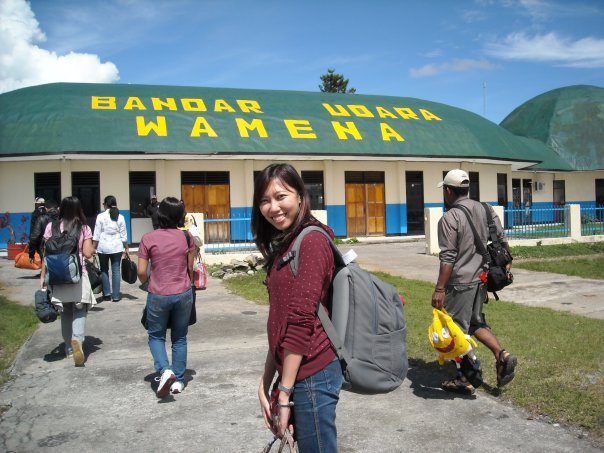
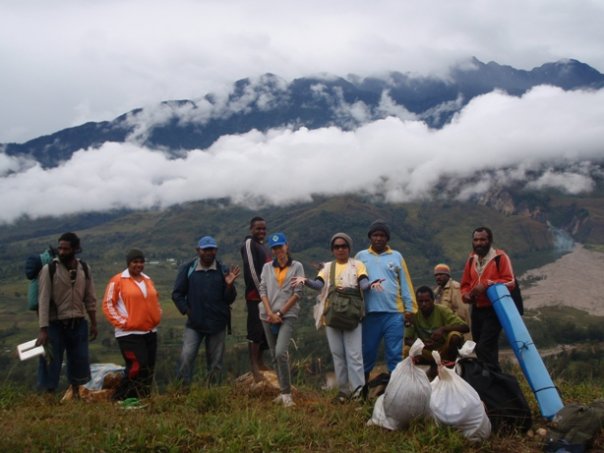
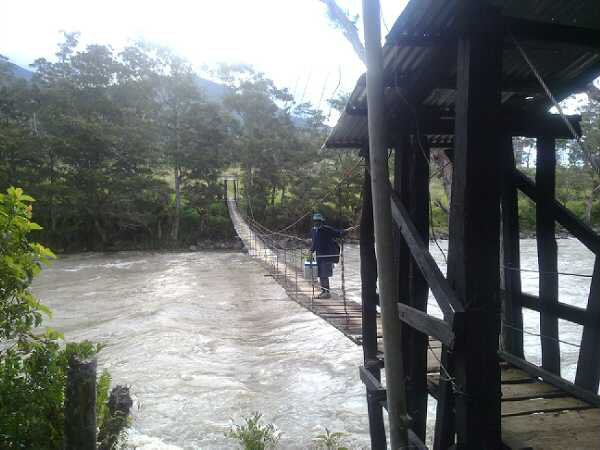
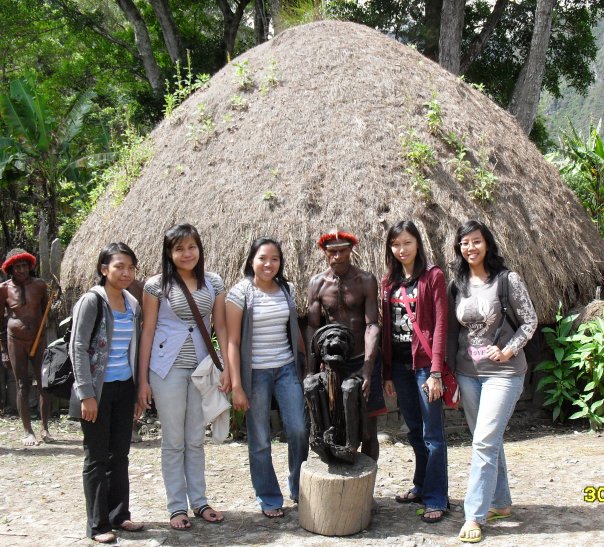
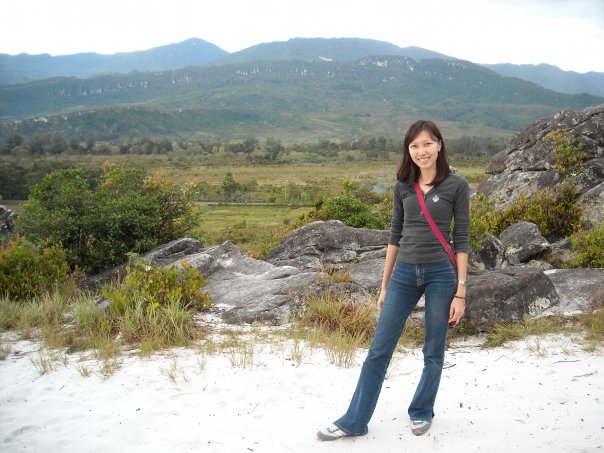
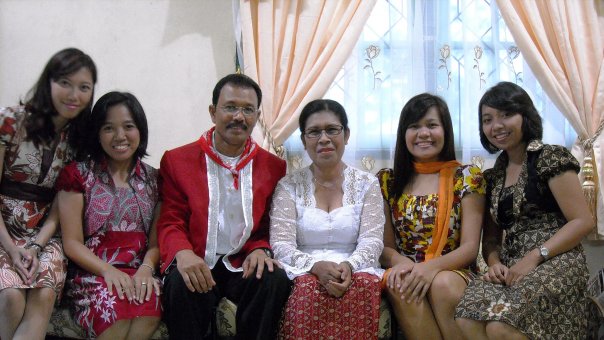
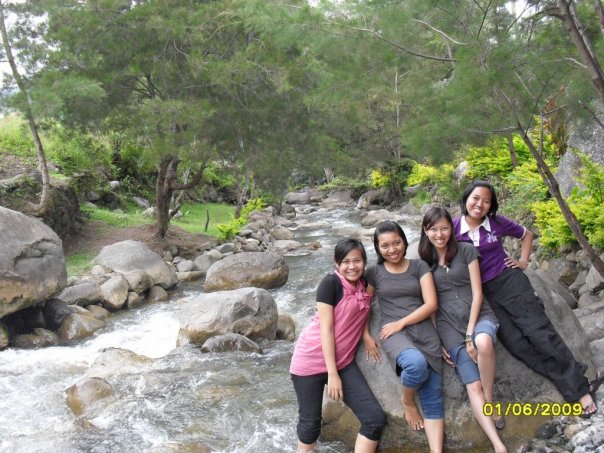
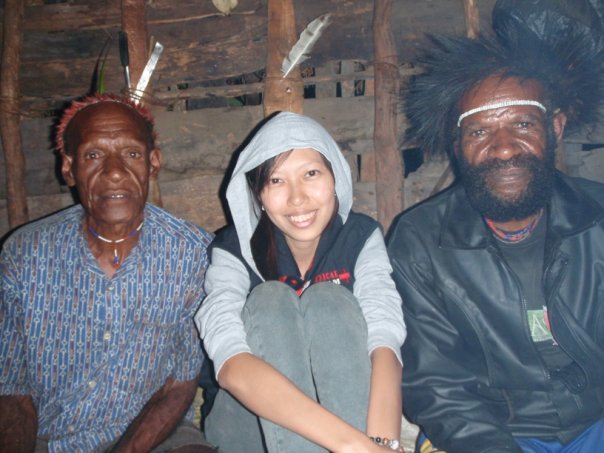
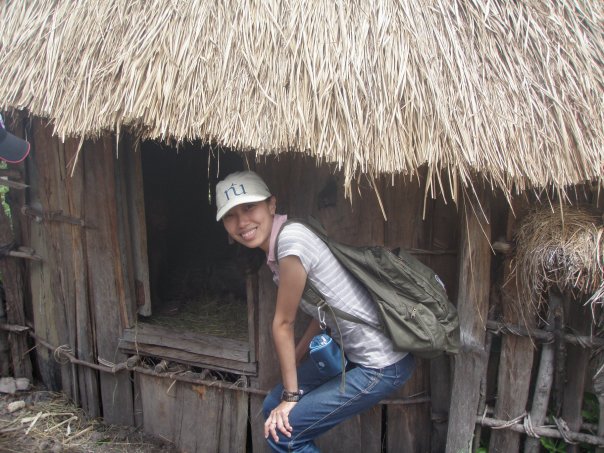

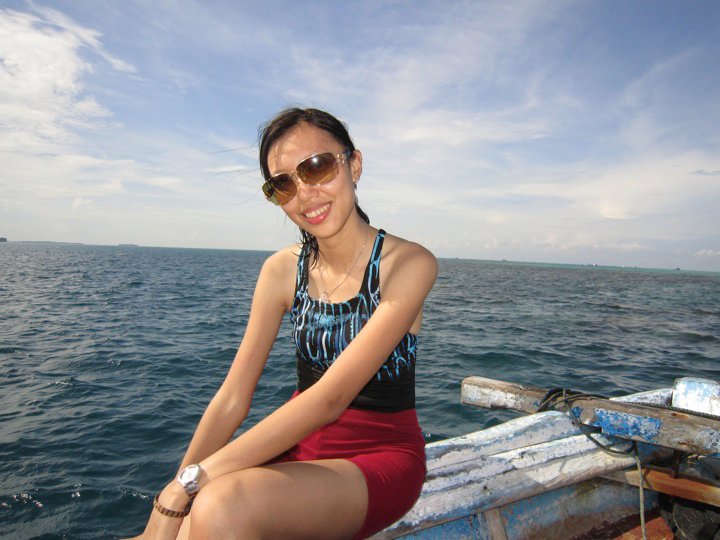
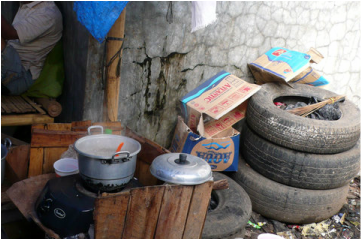
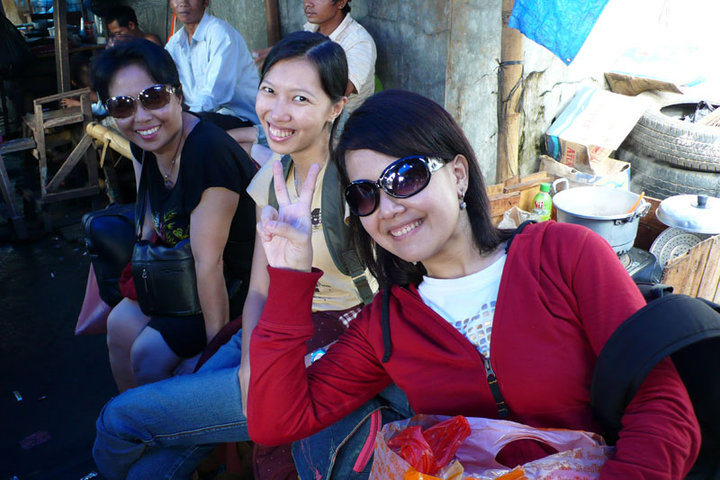
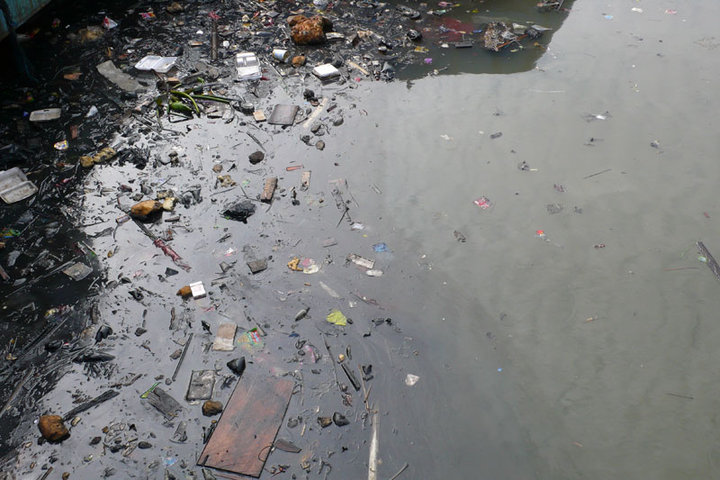
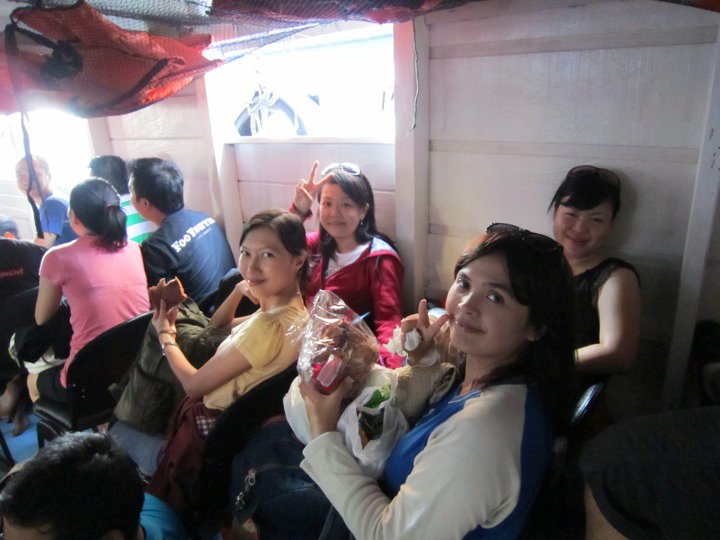
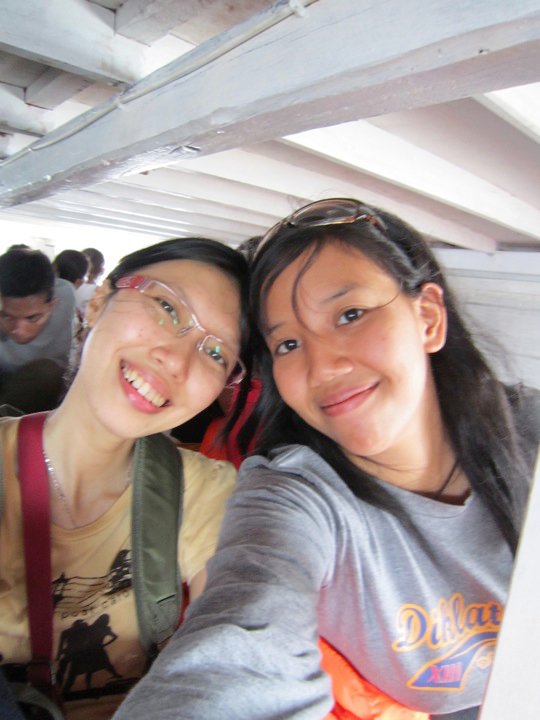

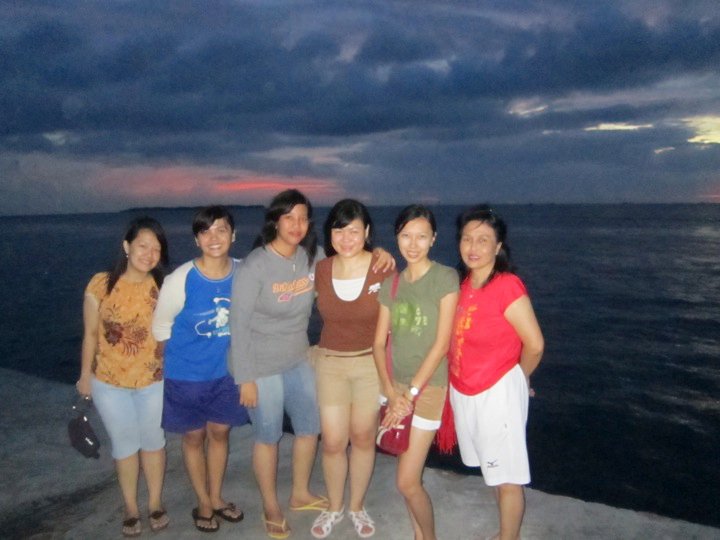
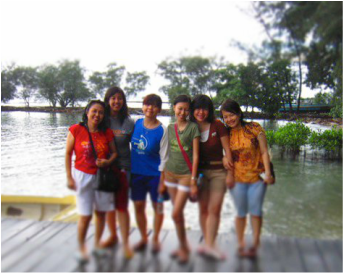
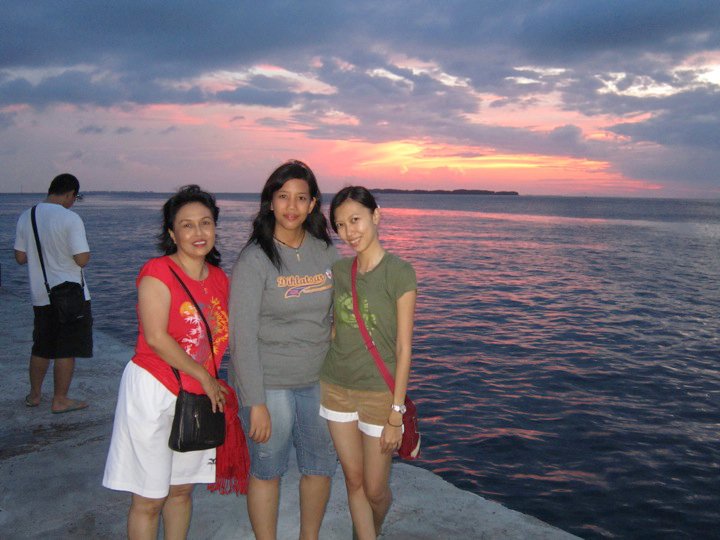
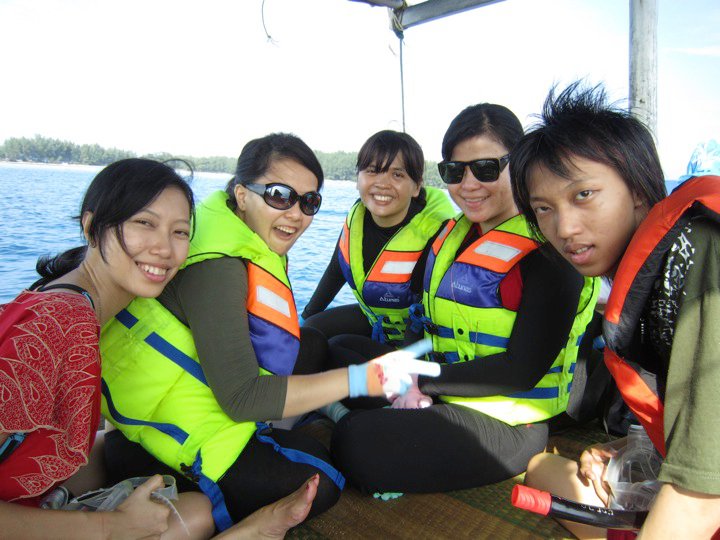
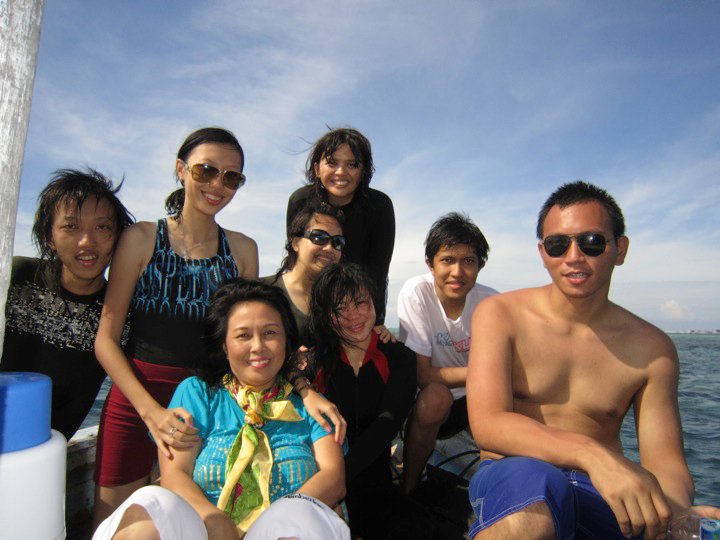
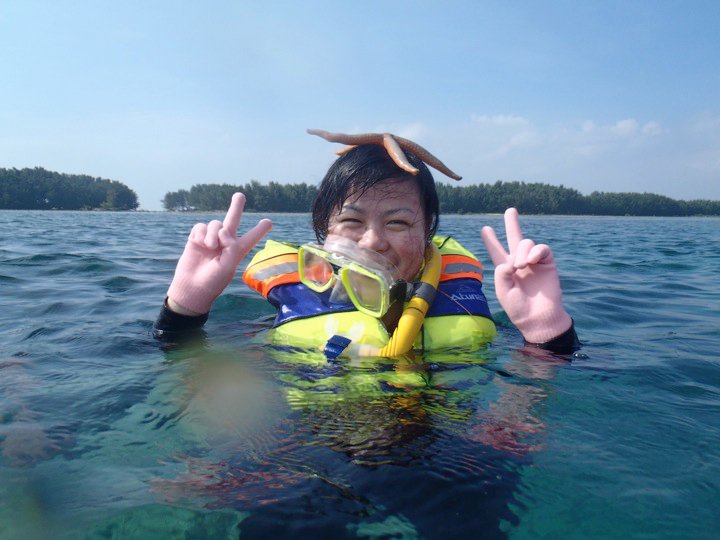
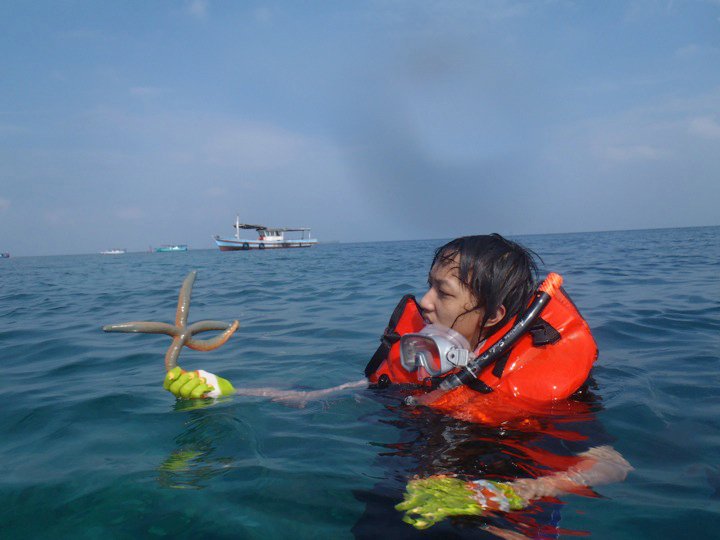
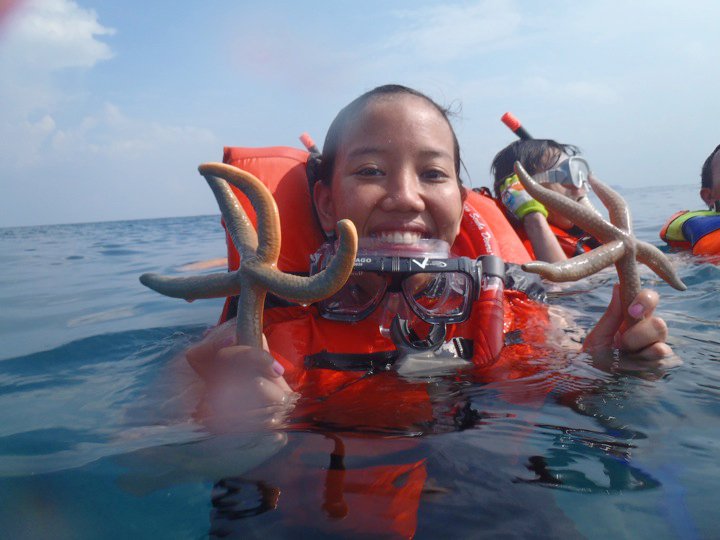
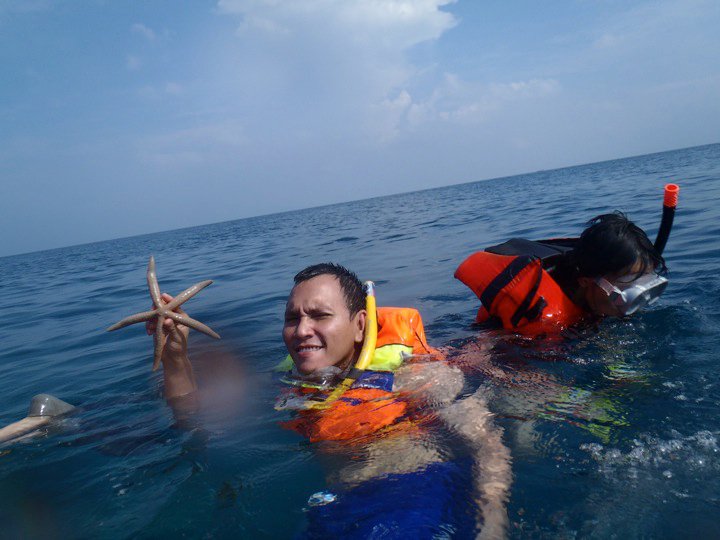

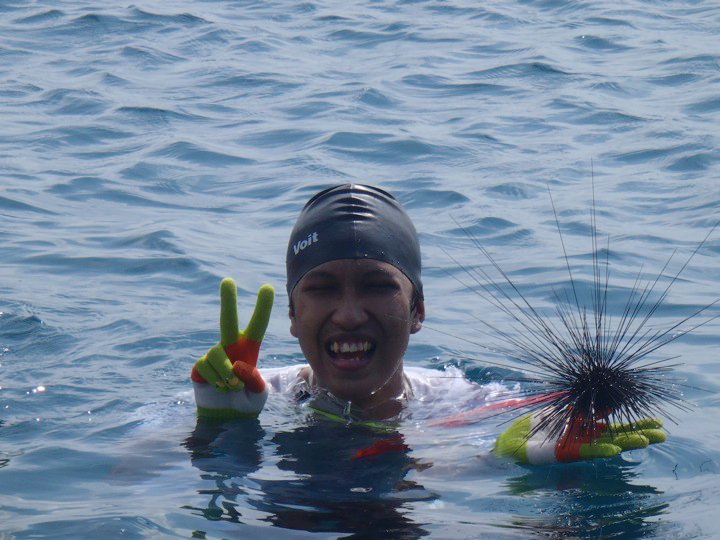
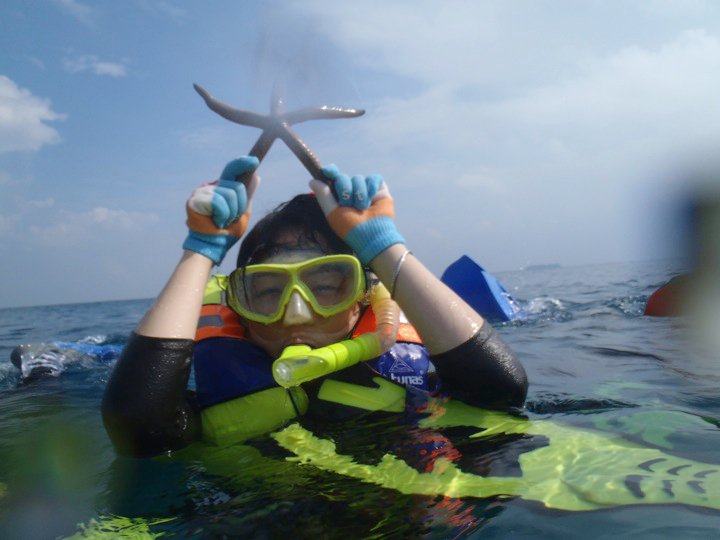
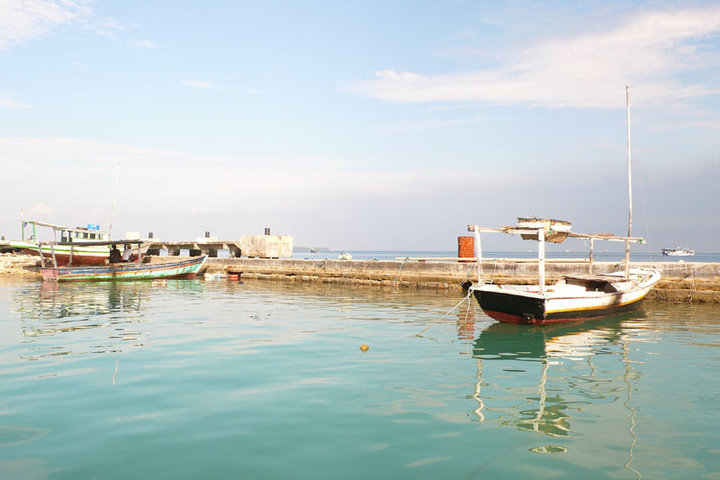
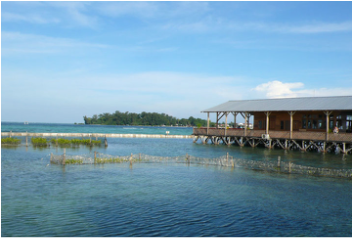
 RSS Feed
RSS Feed